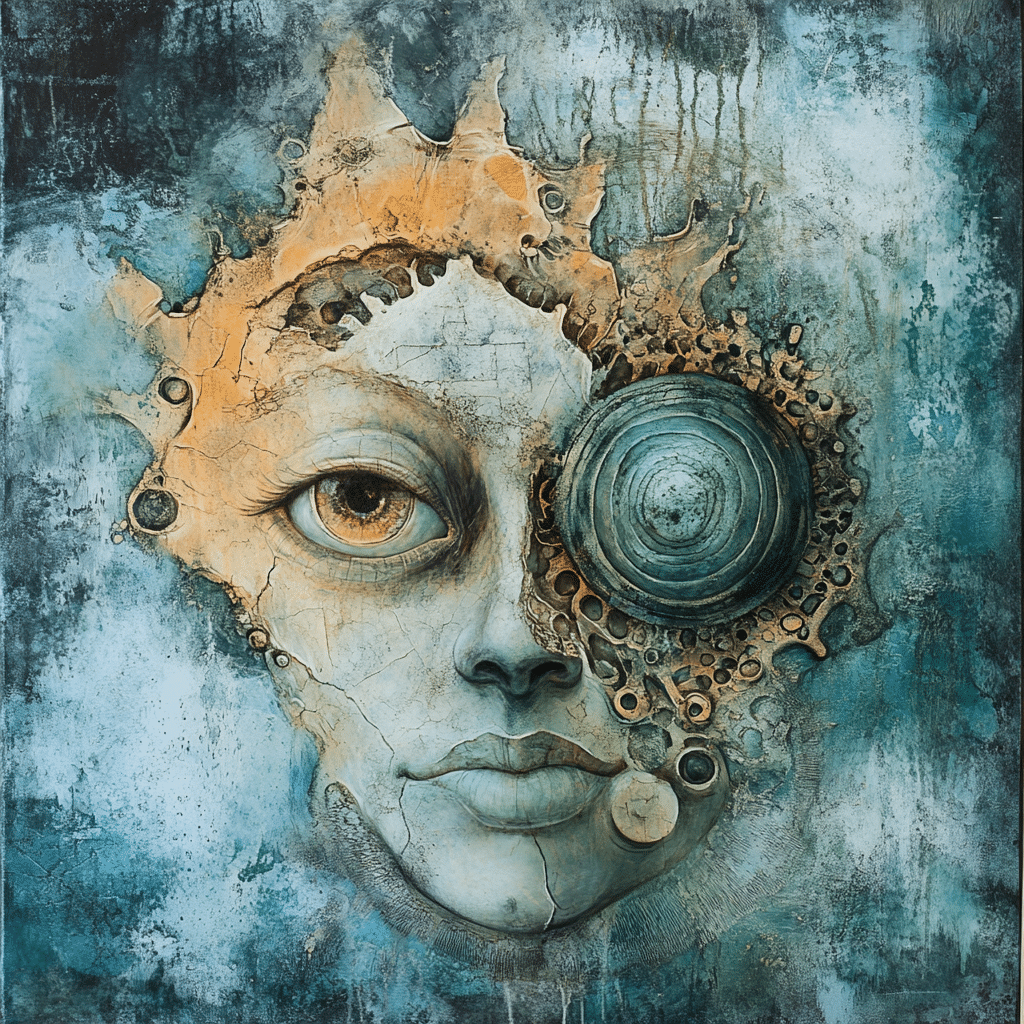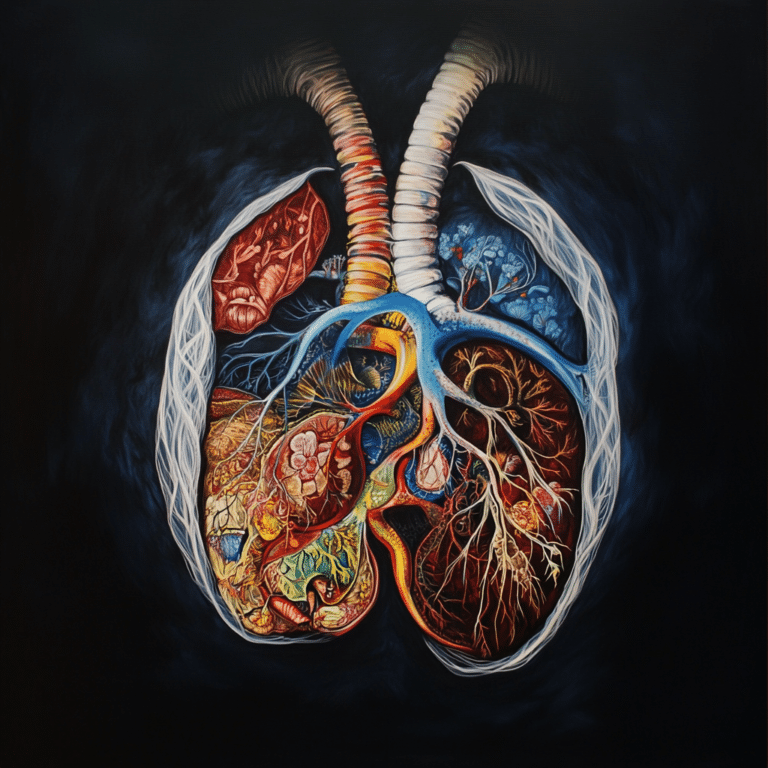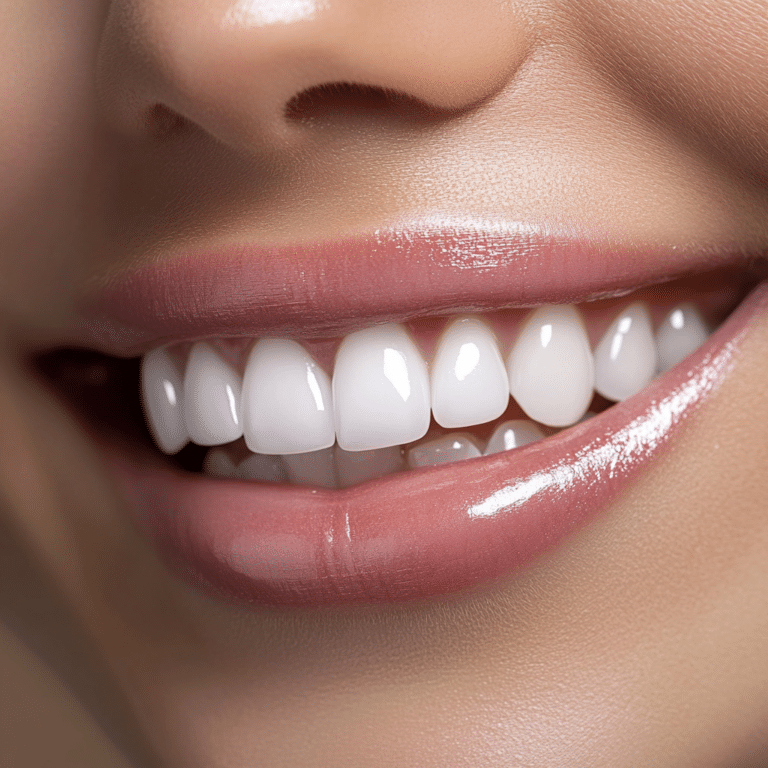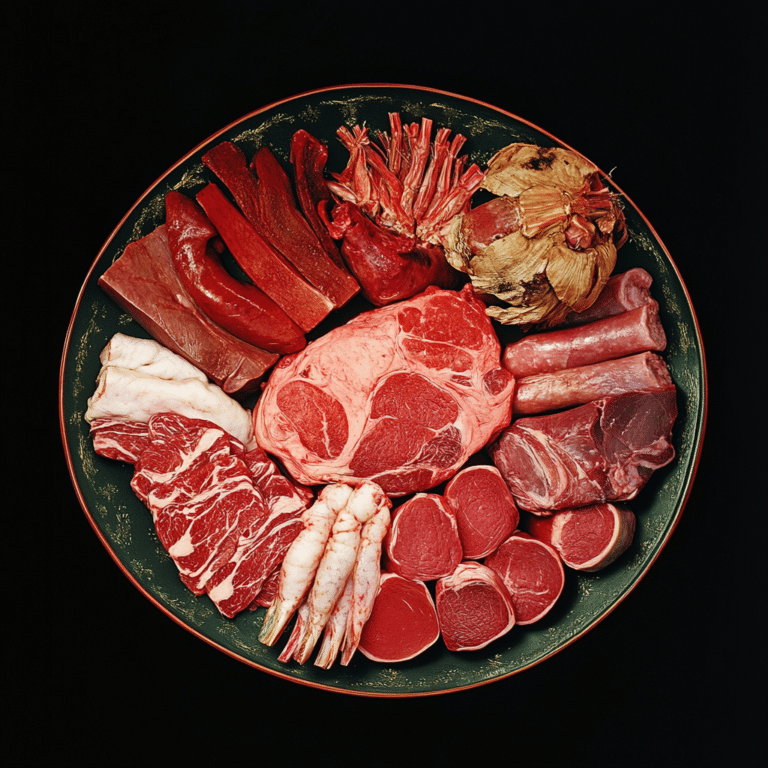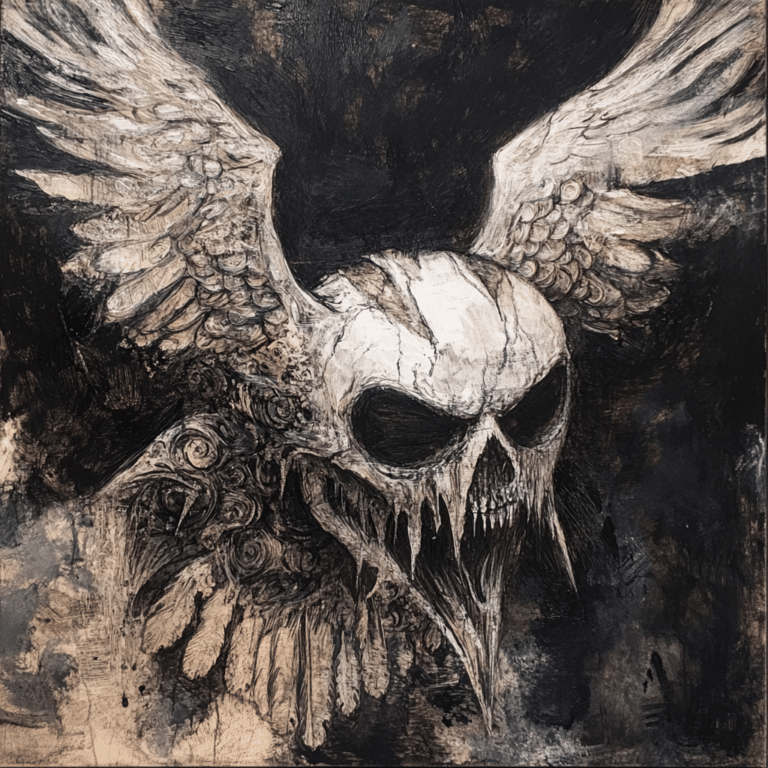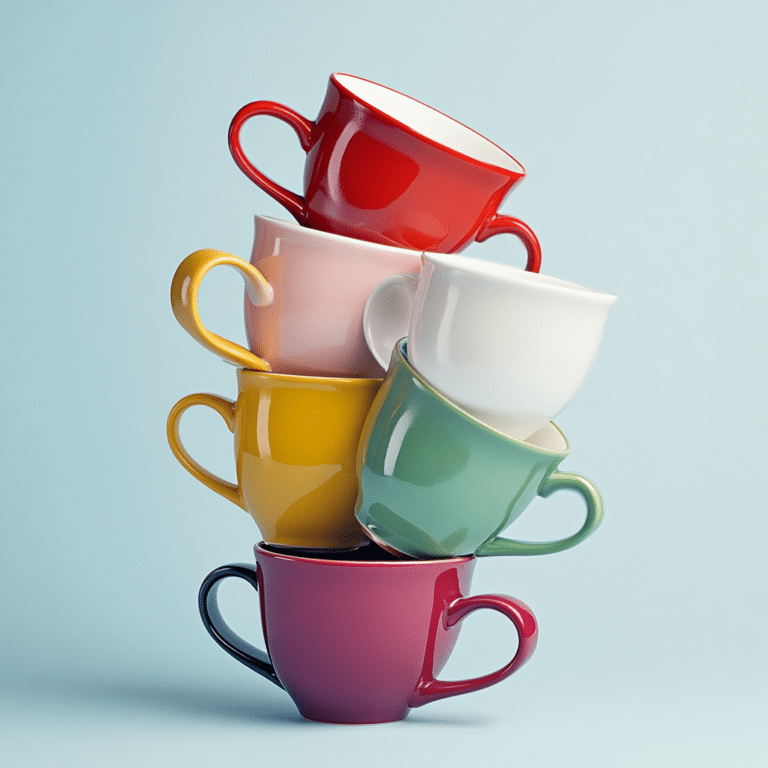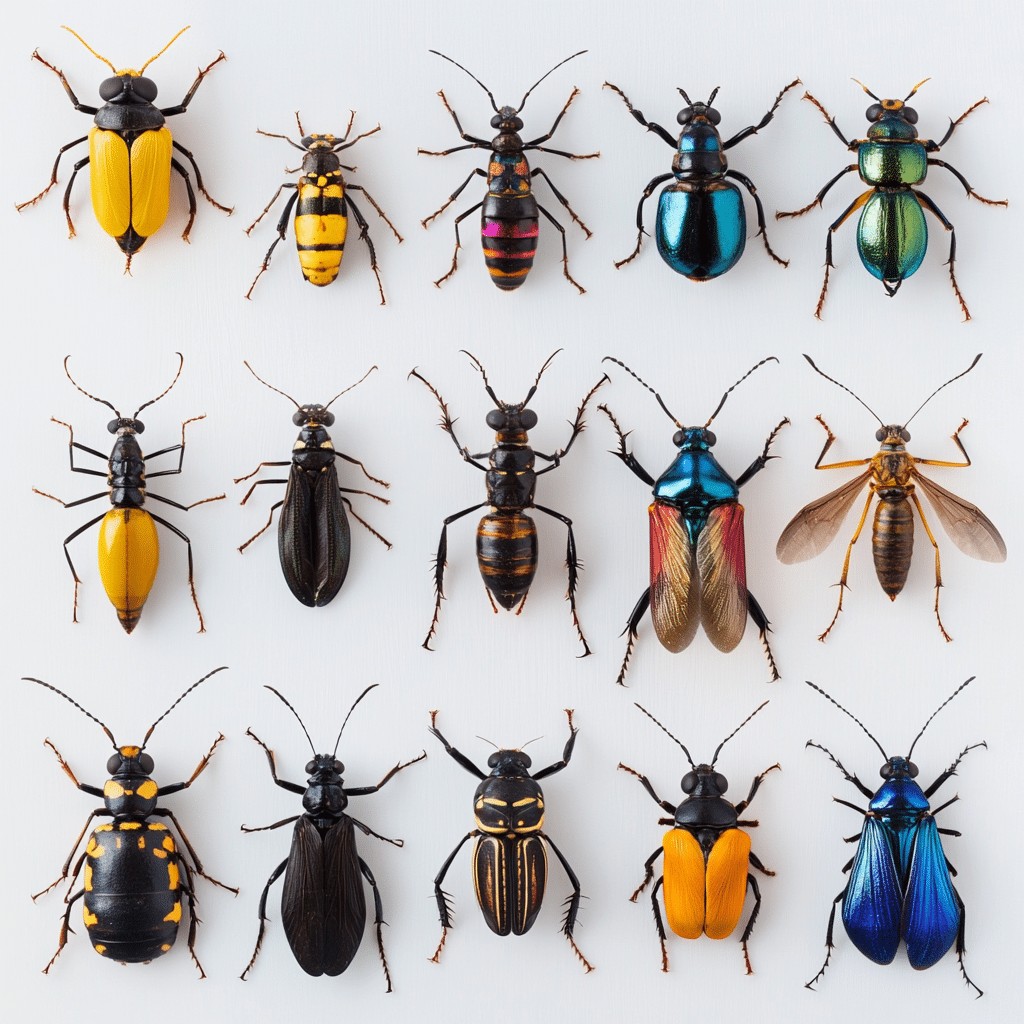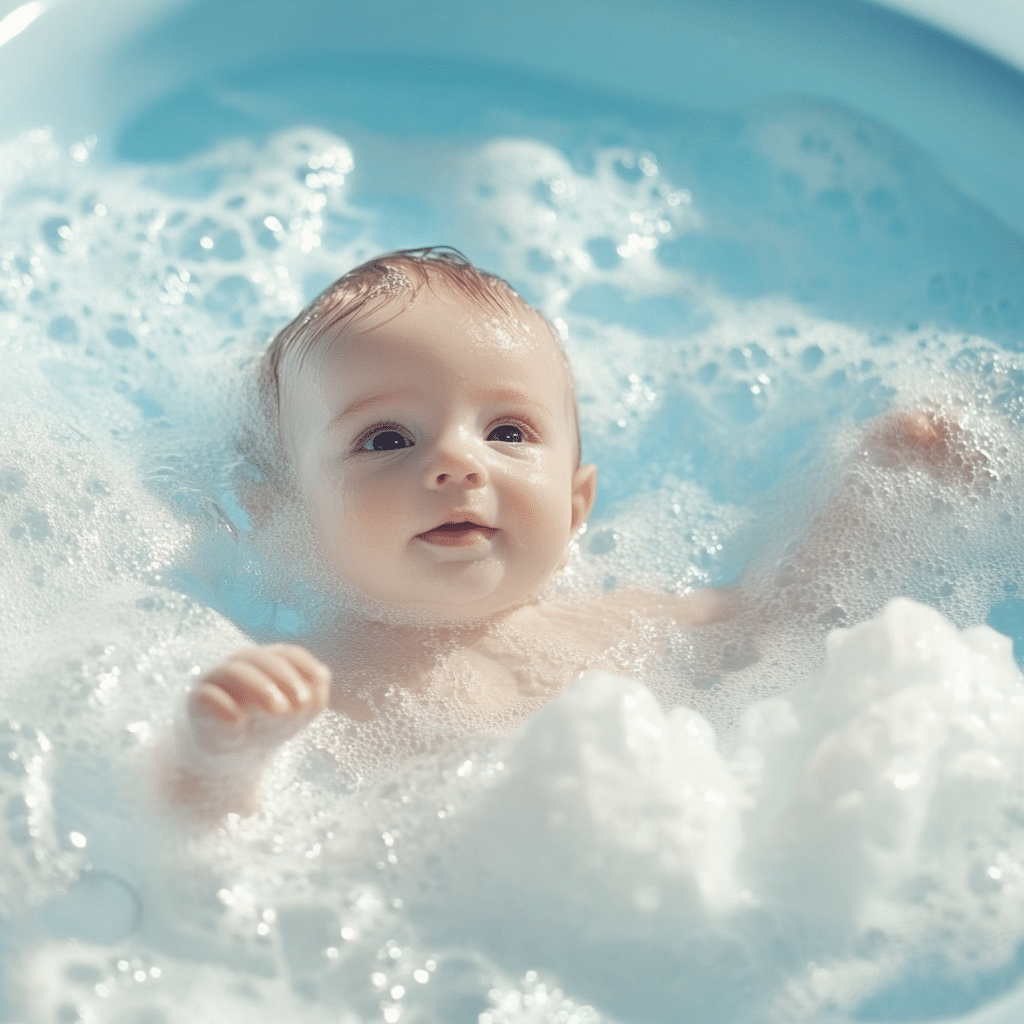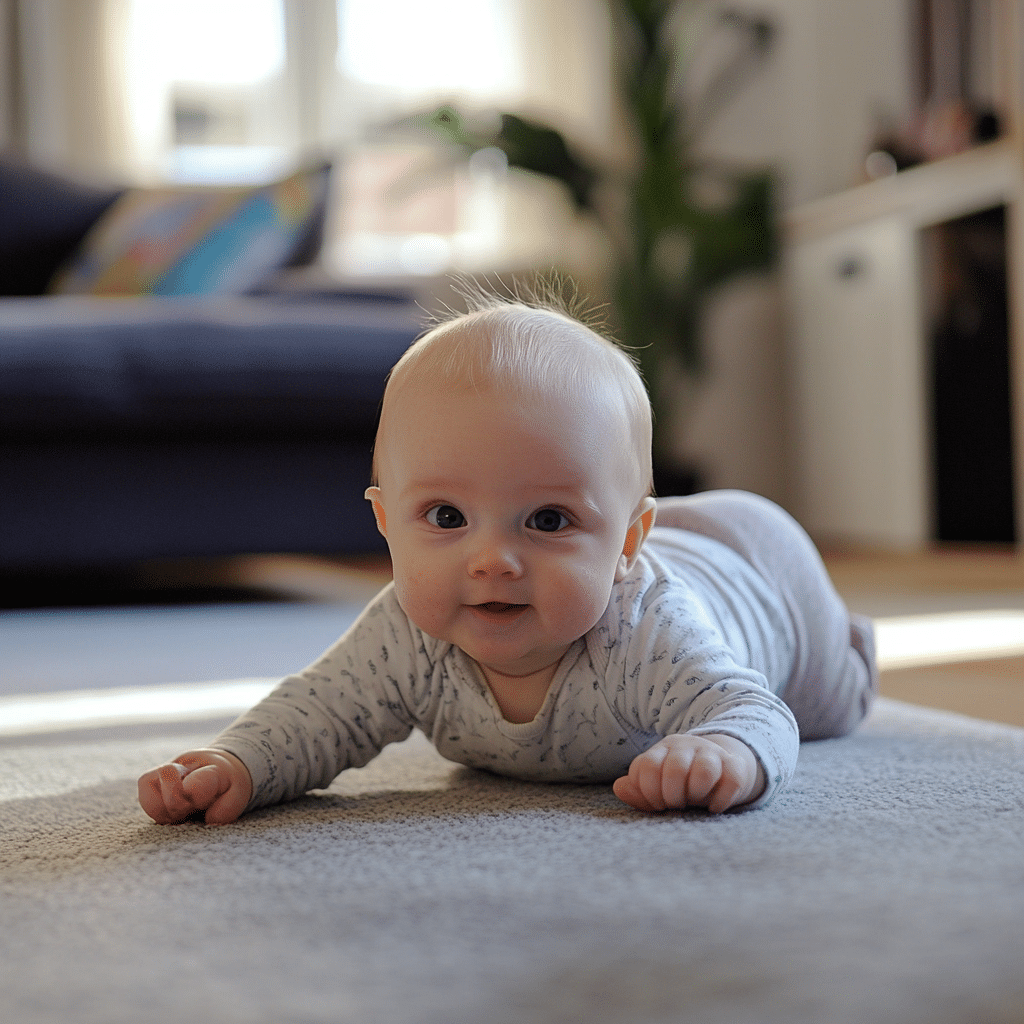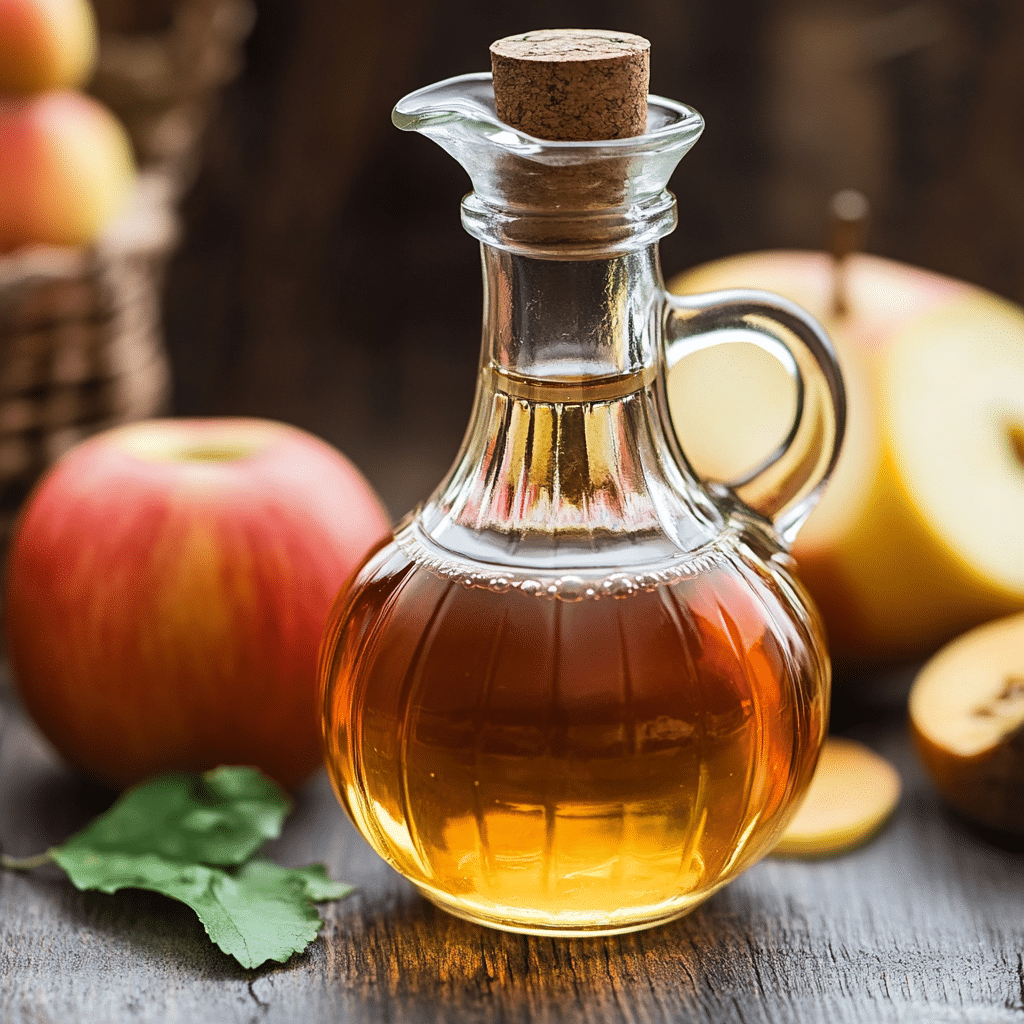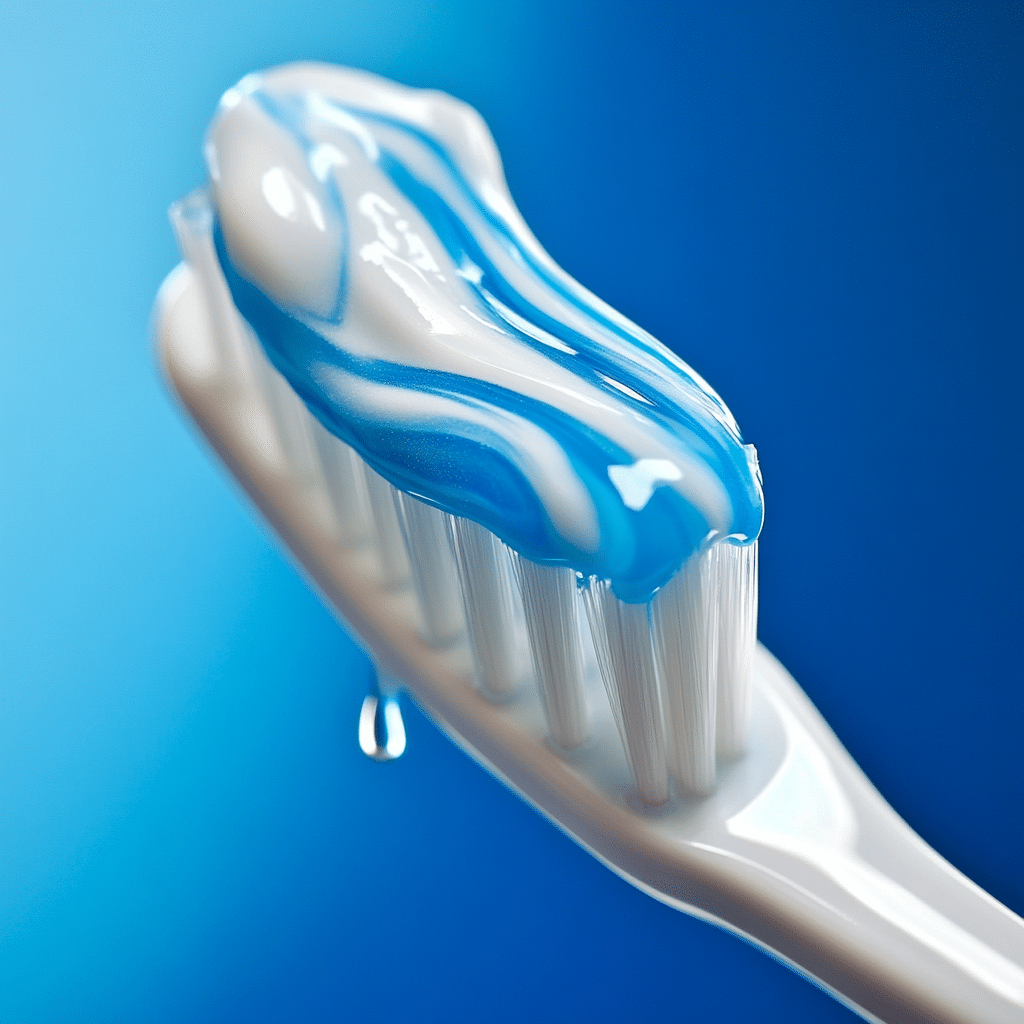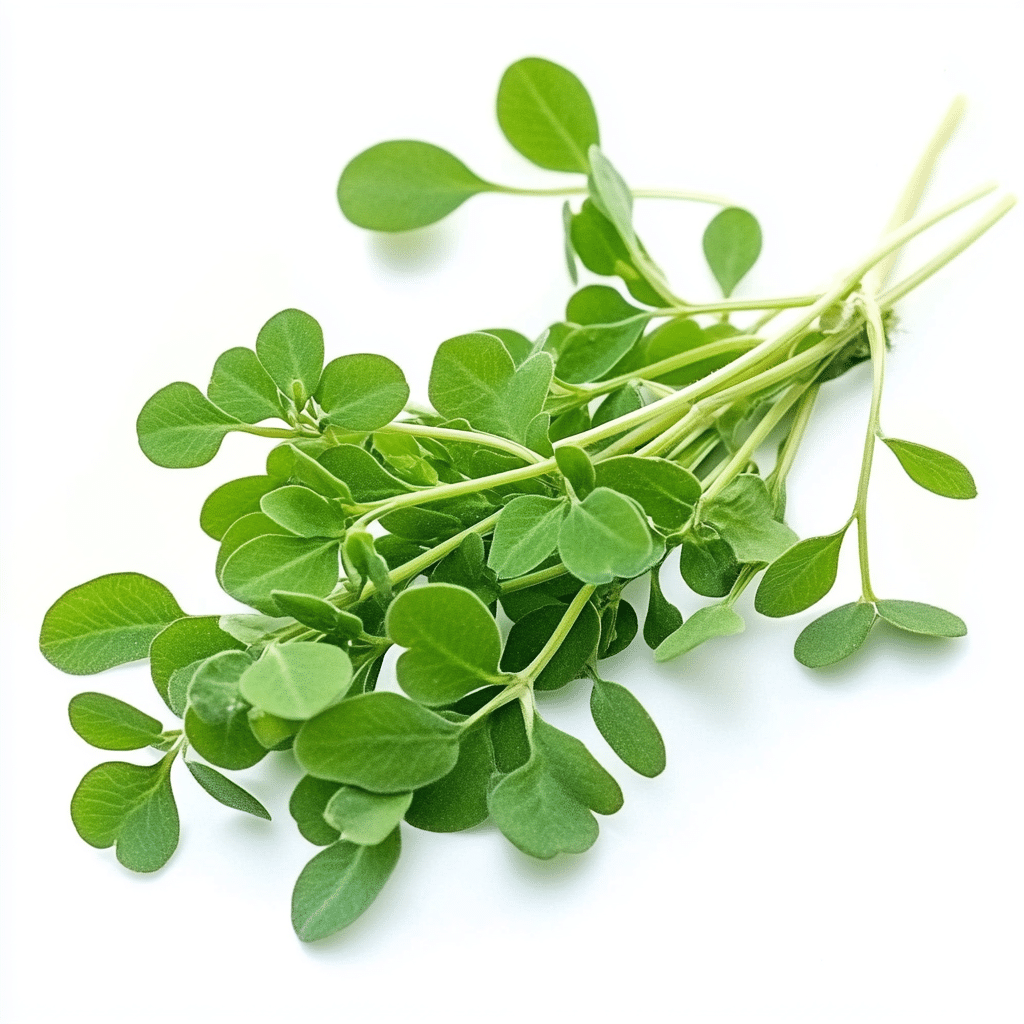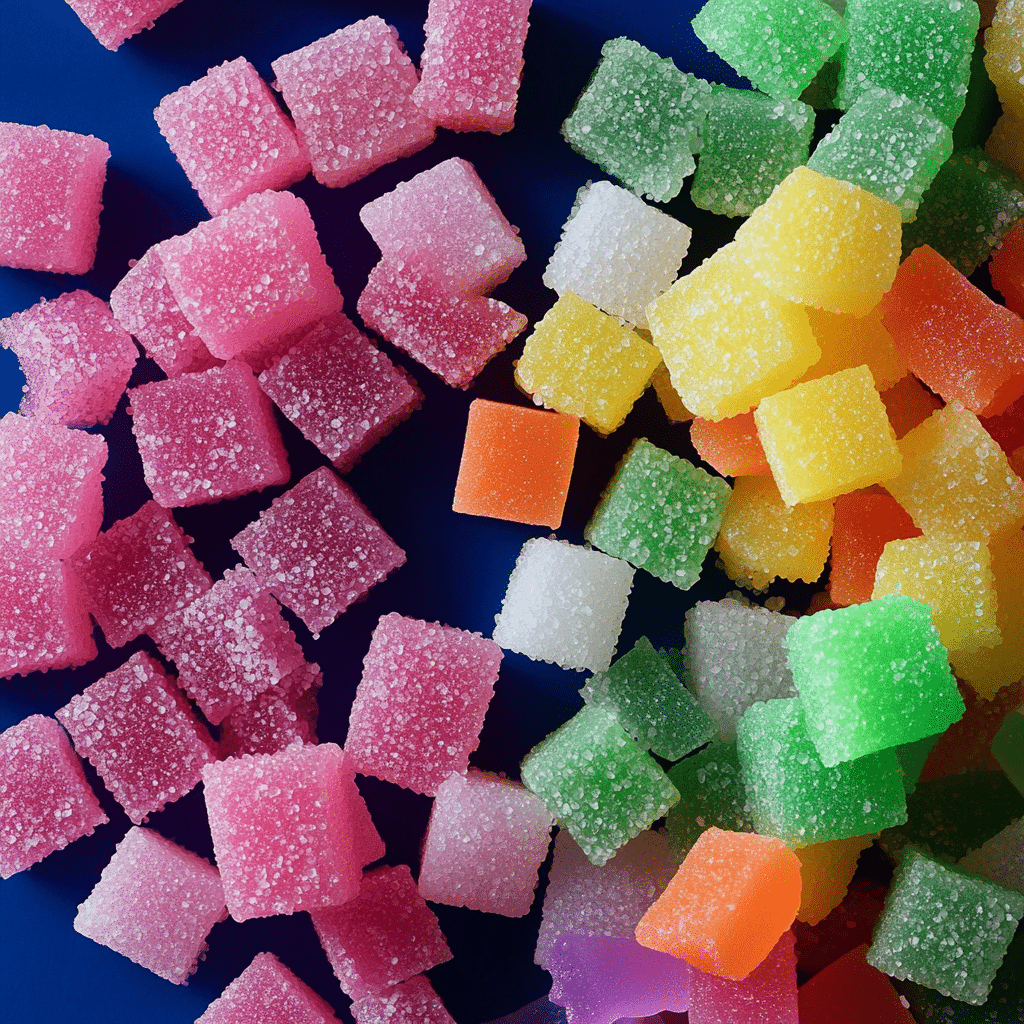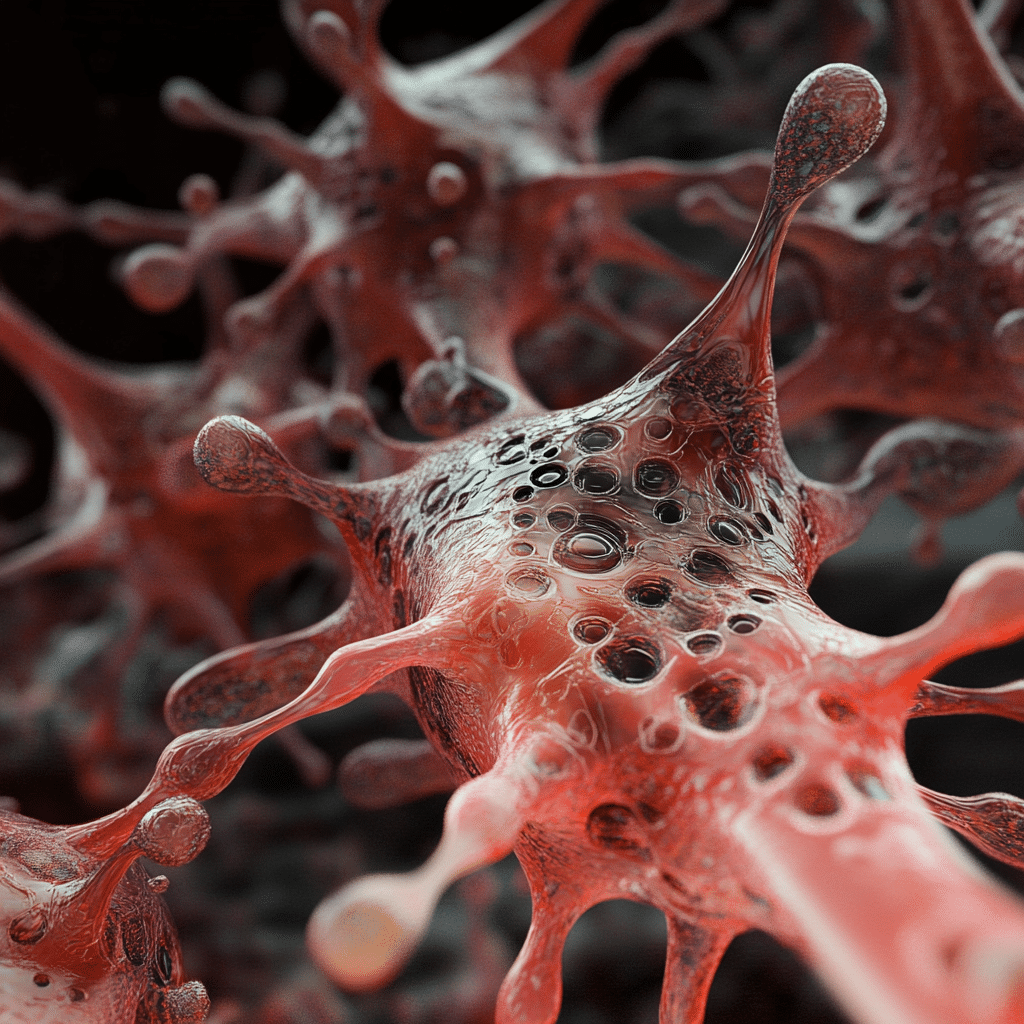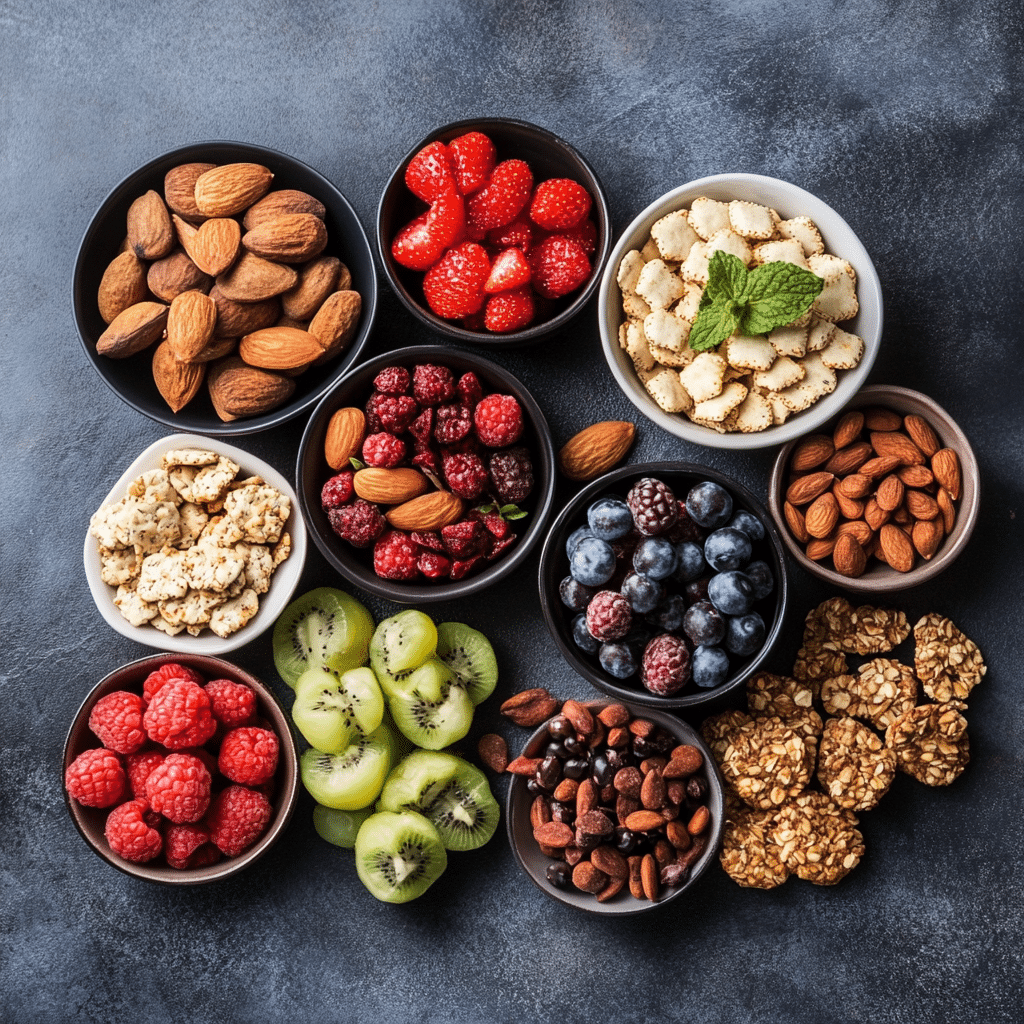When we talk about the parietal lobe, we’re diving into the brain’s powerhouse for sensory integration and spatial awareness. This part of your noggin’ processes what you touch, see, and feel. With the help of imaging studies like fMRI, we see how the parietal lobe lights up when you need to combine your vision and touch—think about grabbing that coffee cup while grooving to your favorite jam. It’s foundational for everyday tasks, from chowing down on a hot meal to dodging crowds on a busy street.
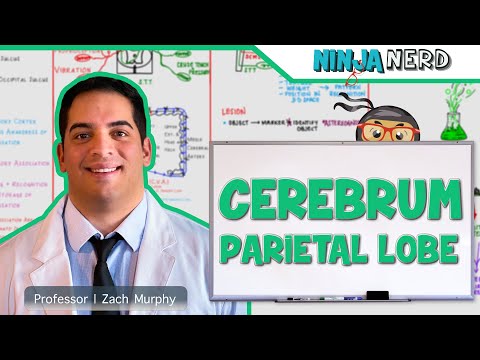
1. The Role of the Parietal Lobe in Sensory Integration
The parietal lobe doesn’t just dabble in sensory business. It acts as a grand conductor, orchestrating information from multiple senses to create a unified experience. Without it, our ability to navigate and interact with the world would take a hit. So this lobe’s ability to integrate tactile and visual information isn’t just a fancy brain trick; it’s what helps you throw that perfect punch while sparring or elegantly balance on one leg during your yoga session.
Imagine you’re cooking; the feeling of smooth-buttery mashed potatoes contrasts with crisp carrots. The parietal lobe plays a crucial part in identifying these sensations. We rely on it to help differentiate between what’s hot, cold, rough, or smooth. It isn’t just about sensation but also understanding how those sensations guide our movement and behavior—like grabbing a cold drink on a hot day without burning your hands!

2. Top 7 Parietal Functions: An Exploration of Their Effects on Daily Life
2.1 Spatial Orientation and Navigation
Picture this: you’re zipping through a crowded gym, bouncing between weights. The parietal lobe, particularly the superior parietal lobule, is your GPS, keeping track of where you are in space. If this area takes a hit, you might ignore one side of your visual field, a condition known as spatial neglect. Talk to patients recovering from strokes; you’ll hear them describe the struggle of finding their water bottle that’s just to their left.
2.2 Sensory Discrimination
Next up is sensory discrimination. This capability, driven by the parietal lobe, allows you to experience the textures of different foods during meal prep. You know that feeling when mixing up ingredients? The subtle differences in texture help you decide if the dough is ready or if it needs more flour. Getting that perfect pancake flip wouldn’t be possible without this exquisite sensory insight.
2.3 Body Awareness and Proprioception
Now let’s discuss proprioception. This fancy term refers to your brain’s awareness of your body position. Olympic athletes like Simone Biles rely on proprioceptive feedback to nail those insane routines, often blindfolded! Imagine tumbling through the air without visual cues; that’s elite-level brain-body coordination at work.
2.4 Language and Mathematical Processing
Research indicates that the parietal lobe also handles some heavy lifting when it comes to language comprehension and basic math skills. Ever calculated the tip at a restaurant without reaching for your phone? Thank your parietal lobe for that. This brain area helps you manage numbers and manipulate them with ease, essential skills for daily conversations and financial savvy that help keep your bank account in check!
2.5 Pain Perception
Let’s dive into pain perception. The parietal lobe takes on the immense job of interpreting painful sensations. This understanding is critical for advancing treatments in chronic pain management, which has come a long way thanks to innovations like virtual reality therapy. These methods show promise in easing discomfort, such as phantom limb pain, allowing patients a tool for reclaiming some of their lost functionality.
2.6 Integration of Visual and Auditory Information
Ever been to a concert and couldn’t keep your feet still? That’s your parietal lobe integrating visual cues with audio vibes. Watching a movie? The coordination between what you see and hear makes for a compelling experience. This integration is paramount for meaningful interaction with media and communication, enhancing our overall understanding of what’s happening around us!
2.7 Hand-Eye Coordination
Lastly, hand-eye coordination rules them all. Whether you’re trying to hit a tennis ball or excel as a surgeon during intricate operations, this function, heavily supported by the parietal lobe, ensures that your movements are precise and controlled. It highlights the importance of dexterity in sports and medicine alike.
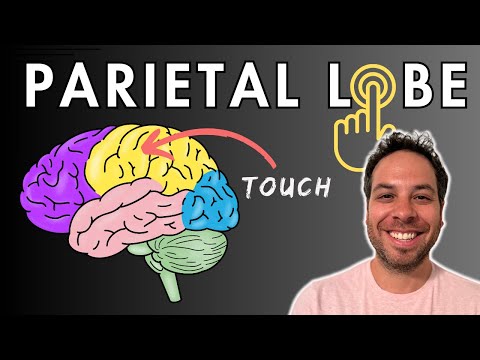
3. The Parietal Lobe and its Connection to Other Critical Systems
Understanding the connections within the brain gives props to the parietal lobe for its role in broader neuroanatomy. By looking at how the parietal lobe interacts with other systems, we can appreciate the complexity of our brain even more.
3.1 The Parietal Lobe and the Abdominal Aorta
Research points to intriguing connections between the parietal lobe and your abdominal aorta. High-stress levels can constrict the aorta, increasing blood pressure and impacting cognitive functions tied to the parietal lobe. This means that keeping both your mental and physical well-being in check can pay off significantly.
3.2 Mean Corpuscular Volume and Cognitive Function
New findings suggest a relationship between mean corpuscular volume (MCV) in your blood and cognitive functions linked to the parietal lobe. Tracking these markers can offer hints about cognitive decline, opening doors for early interventions. Staying sharp isn’t just about lifting weights; it’s about lifting your knowledge on health markers, too!
3.3 Extremities and Spatial Processing
Ever notice how your limbs seem to know where to go during your crucial deadlift? That’s the parietal lobe processing signals from your extremities for better coordination. This processing makes a big difference, especially in sports, where precision and timing are everything.
3.4 The Parietal Lobe in Vision: Binocular Coordination
Binocular coordination is essential for depth perception, and yes, the parietal lobe steps it up here as well. This capability is paramount for safe driving or even playing video games, where judging distances can be game-changing.
3.5 Neuroanatomical Relationships with Cranial Nerves
Finally, the parietal lobe’s intricate relationships with cranial nerves help manage various sensory functions. Understanding these connections allows for a deeper comprehension of sensory processing, leading us to appreciate how our brain governs complex behaviors effortlessly.
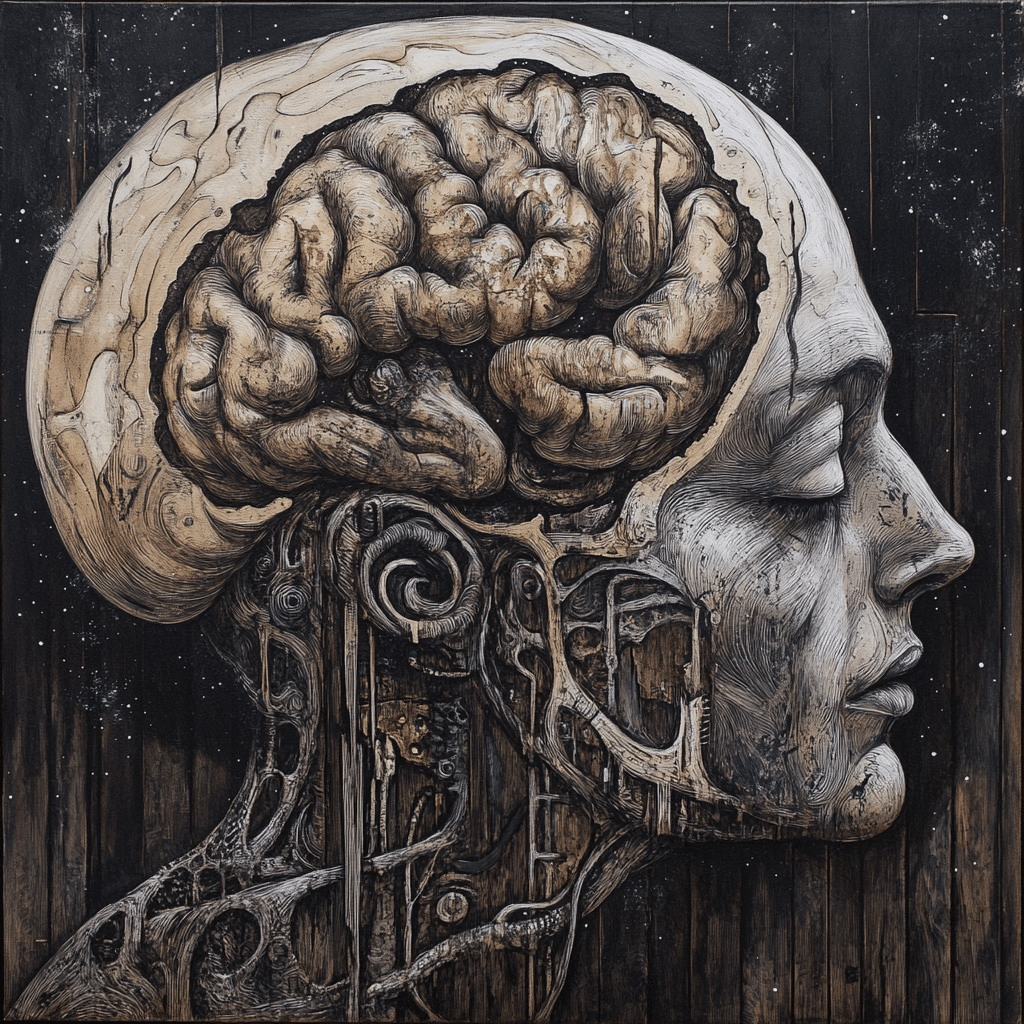
Innovative Wrap-Up
The parietal lobe is your unsung hero for sensory integration, navigation, and cognitive processing. Its roles in everyday activities and complex tasks shed light on how integral this brain region is to experience and interaction. Discoveries about the parietal lobe can inspire new treatment methods for sensory deficits and cognitive disorders.
By delving into these valuable insights, we not only comprehend human cognition better but also boost our abilities to engage passionately with the world. Embrace the strength in understanding how your brain functions like that sharp set of abs you’ve been working for—powerful, effective, and undeniably impressive. Get out there, crush those workouts, and stay informed!
Remember, your knowledge is just as important as your muscle gains! Whether it’s Mens slip on Sneakers for comfort or evaluating your liver function Tests, every little bit helps you optimize your journey. So keep pushing towards that shredded physique and a sharp mind!
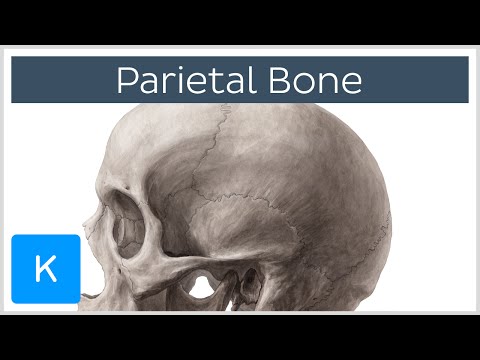
Parietal Insights: Fun Trivia & Interesting Facts
The Fascinating Functions of the Parietal Lobe
Did you know that the parietal lobe plays a crucial role in how we perceive the size and shape of objects? This brain region processes sensory information and helps us understand spatial relationships. For example, when measuring length, the ability to convert between units comes into play—like figuring out that 20 mm in Inches is about 0.7874 inches. It’s amazing how our brains seamlessly make these calculations while we’re focused on other tasks!
Additionally, the parietal lobe is not just about movement; it’s also vital for language comprehension and math skills. This area aids us in interpreting numerical data and spoken words, making it responsible for a big chunk of our everyday understanding. Interestingly, just like how c Diff Symptoms can affect our gut health, issues in the parietal lobe can lead to challenges in communicating effectively.
Nearby Connections and Unique Insights
Moreover, the parietal lobe connects to numerous other areas in the brain, forging essential pathways that allow us to function in daily life. These connections can be likened to an interchange map, guiding signals from one area to another for a cohesive experience. Fun fact—our ability to navigate space also involves this lobe, as it helps integrate visual inputs and motor skills to keep us on track.
Now here’s something to chew on—each part of the brain works in harmony, and the parietal lobe’s collaboration with motor areas enables everything from writing to sports. On a related note, did you hear that the popular restaurant chain has a new owner? This news may have everyone buzzing, but before diving into dinner plans, remember how the parietal lobe allows us to gauge distance, making those tasty seafood meals at Red Lobster more enjoyable when we know how to order just right!
Engaging with Everyday Knowledge
Interestingly, if you’re a fan of anime, the intense rivalry between Deku And Bakugo highlights the competitive spirit fueled by both effort and strategy—echoing how our parietal lobe helps us strategize in real life too. Whether in sports or in social encounters, this part of the brain quietly empowers us to interpret actions and make decisions quickly.
Last but not least, ever thought about how painful your thumb could be due to conditions affecting the Cmc joint? Well, the parietal lobe also plays a role in your body’s feelings of discomfort. Thanks to its sensory functions, we can tell when to adjust our posture or limits. So, while you’re pondering countless facts about the brain, remember that the parietal lobe is working tirelessly behind the scenes, contributing to every moment you experience!
